News
Sign up for recent trade news that can affect your business:
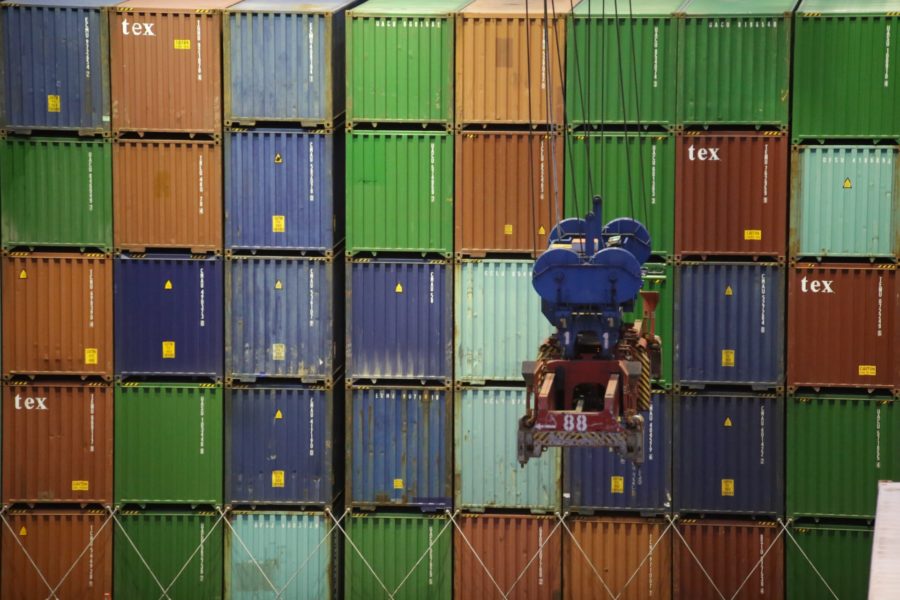
The Port of Los Angeles and Port of Oakland both reported a record cargo surge in March.
During an April 14 press conference, Port of Los Angeles Executive Director Gene Seroka detailed how the L.A. port processed 957,599 20-foot equivalent units (TEUs) last month. It was a 113 percent increase compared to March 2020 when the COVID-19 pandemic severely limited global trade and the port processed fewer than 450,000 TEUs.
Seroka described the cargo surge as the port’s version of “March Madness” and explained that they were “breaking records” with the increased level of activity. The nearly 1 million TEUs, which would be large during the peak season in September or October, is unprecedented during this time of year. “We’ve never seen volume like this in the first half of a calendar year,” Seroka said.
It was the strongest March in the port’s 114-year history, outpacing the previous record of March 2015 by 21%. It was the port’s busiest first quarter, third busiest month and the largest monthly year-over-year increase ever.
“As more Americans get vaccinated, businesses reopen and the economy strengthens, consumers continue to purchase goods at a dizzying pace. I applaud our longshore labor force, truckers, terminal operators and supply-chain partners, who are working day and night to process the additional cargo,” Seroka said. “Collectively, we have been able to significantly reduce the amount of container vessels awaiting offshore. I’m also proud of the steady progress being made to vaccinate waterfront workers at the port’s on-site locations and elsewhere.”
Similarly, the Port of Oakland reported single-month record import and export numbers during March. The port received the equivalent of 97,538 TEUs and shipped out the equivalent of 94,169 TEUs last month. In the port’s 94-year history, neither number had ever been achieved.
“Ships are full, ocean freight rates are sky high and the need for empty containers to ship more cargo is never-ending,” Port of Oakland Maritime Director Bryan Brandes said. “We just don’t see conditions easing in the next several months.”
Similar to the experience at the Port of Los Angeles, the Port of Oakland had a decrease in imports and exports last March at the beginning of the pandemic. But this year’s March imports saw a 45% increase and exports increased 12% year-over-year.
The port also said its volume is up nearly 9% through the first three months of 2021.
And growth is not expected to slow down, according to Marilyn Sandifur, port spokesperson for the Port of Oakland. Sandifur said the port and other industry leaders are expecting large cargo volumes to continue at least throughout the summer.
A couple of key factors for the port’s continued strong performance is that ocean freight rates remain high while vessel space is tight, the U.S. economy continues to bounce back due to consumers’ engagement in retail therapy, and the peak-season trade is expected to begin in August. The port is expected to benefit from these and other factors including major e-commerce retailers, which have established distribution hubs close to the port and an increase in labor to help meet demand and the backlog of containerships.
Both the Port of Los Angeles and Port of Oakland are expecting continued growth in the coming months.
(Source: Apparel News)
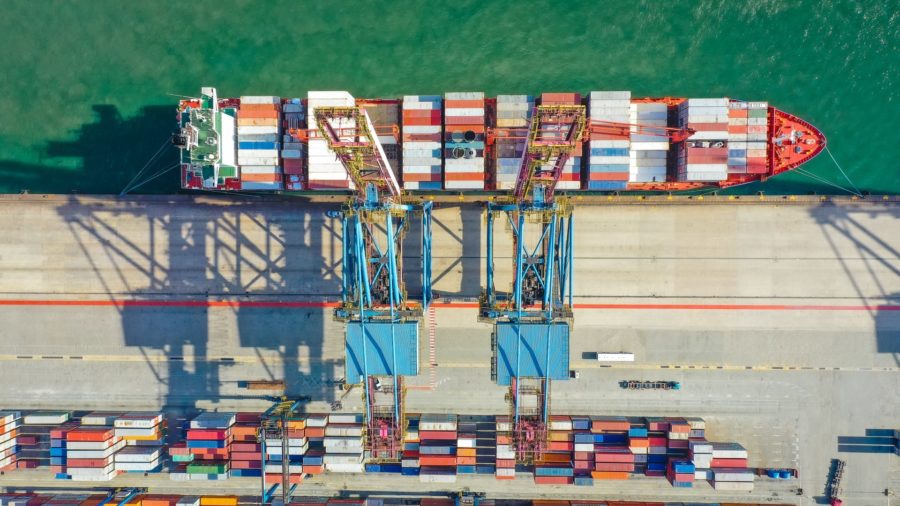
Shippers from Asia to Europe saw a further spike in container spot rates this week, particularly for Mediterranean ports, while ocean carriers are said to be preparing big increases in short-term rates as cargo-rolling becomes the norm.
On the transpacific, carriers are sold out for the rest of May and into June.
The North Europe component of the Freightos Baltic Index (FBX) increased by 5% this week, to $8,127 per 40ft, which represents a remarkable 475% increase on the same week of last year.
For the Mediterranean, the FBX spot jumped 10%, to $8,868 per 40ft, as shippers from Asia scrambled for space to meet urgent inventory replenishing for the summer holiday season. Short-term rates have spiked by a ‘less spectacular’ 345% compared with 12 months ago.
The Ningbo Containerized Freight Index commentary reported “considerable cargo” for Europe was rolled this week, as demand for space “remained very high”.
This week has seen FAK carrier rates to North Europe of up to $14,000 per 40ft, with one Shenzhen-based forwarder offering a “very good rate”, with guaranteed space, of $12,000 per 40ft from Chinese main ports to Felixstowe or London Gateway for a late May shipment.
For the transpacific tradelane, this week’s FBX recorded a 3.5% increase for Asia to the US west coast, to $5,015 per 40ft, and a 5.5% uplift to spot rates for the east coast, to $6,584 per 40ft.
Meanwhile, on the normally robust transatlantic route, shippers from North Europe are still struggling to secure space and being obliged to pay much higher rates with a raft of surcharges and premium fees to secure shipment.
The FBX component for North Europe to the US east coast was up 4% this week, to $3,558 per 40ft – nearly double the rate of a year ago. And CMA CGM has hiked its Sea Priority Go premium charge on the transatlantic to $2,000 per 40ft.
With the spot market indices only representing average rates in the marketplace, shippers are often frustrated that they cannot book space at index rates.
(Source: The Load Star)

Upholstered furniture from China and Vietnam sold in Canada now is subject to country-wide duties of 295.5% and 101.5%, respectively, after a preliminary determination of dumping by the Canadian International Trade Tribunal.
CITT found “reasonable indication” that dumping and subsidizing of upholstered seating made in China and Vietnam has or is threatening to damage Canada’s domestic furniture manufacturing industry. The CITT will continue its inquiry and expects to issue its ultimate finding by September 2.
A letter from the Canada Border Services Agency notified importers that provisional duties will be collected on subject merchandise as of Wednesday, May 5.
Twenty-eight Chinese manufacturers were assigned separate rates ranging from 20.65% to 226.45%, while seven manufacturers in Vietnam received separate duty rates ranging from 17.44% to 89.77%. A list of those companies can be found here.
Under Canada’s Special Import Measures Act, importers are required to declare their company’s liability, if any, for provisional duties and taxes on any subject goods imported into Canada, and it is their responsibility to inform their customs broker if they are importing goods subject to provisional duties and to ensure proper declaration of subject goods and proper payment of duties. Importers can go here for a self-assessment.
CBSA launched the investigation in December based upon a complaint filed by Palliser Furniture and supported by fellow Canandian manufacturers Elran Furniture Ltd., Jaymar Furniture Corp., EQ3 Ltd. and Fornirama Inc. The move looks to limit the penetration of motion upholstery and leather stationary furniture from China and Vietnam into Canada. According to CBSA, the Canadian market for such merchandise has been estimated at $675 million annually.
Click here to read the full notice from CBSA.
(Source: Furniture Today)
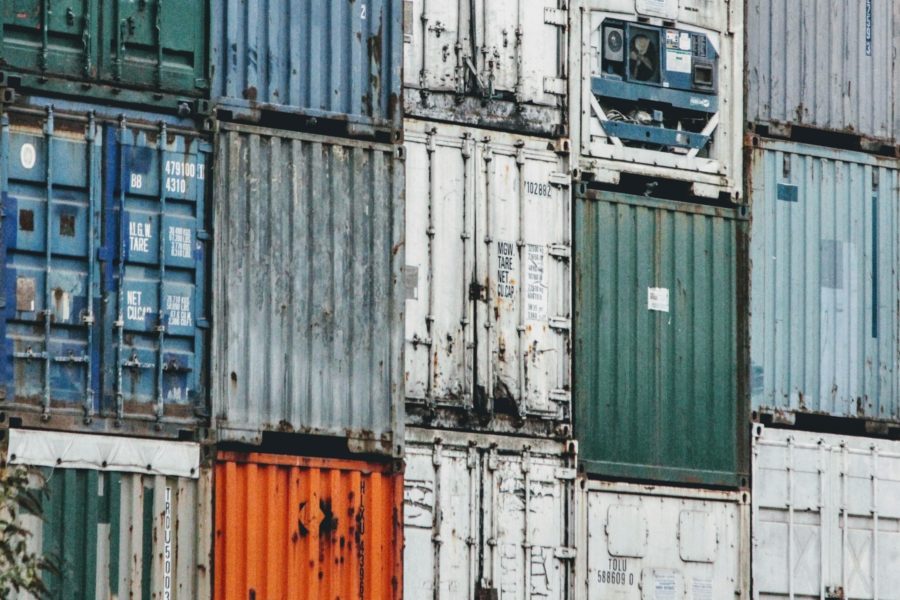
The world does not have enough containers in the right places to handle cargo demand.
The New York Times recently reported how the box shortfall is contributing to inflation: “Demand … has outstripped the availability of containers,” while the U.S. pandemic situation has eased to the point where retailers can pass along higher transport costs to consumers without being accused of price gouging — and “the cost of just about everything is rising.”
Many months after the container shortage first emerged, how bad does the problem remain?
Equipment leasing companies are in a good position to answer that. These companies order containers from the very small number of Chinese manufacturers that build them and lease the boxes to shipping lines, which also order from factories directly.
Generally speaking, the more profitable the market conditions for container lessors, the tighter box capacity is and the more cargo shippers must pay liners for transport. The bad news for U.S. importers and exporters: Equipment lessors see smooth sailing ahead, likely into 2022.
“There’s no indication from the shipping companies that they expect to see any easing of the tightness of supply that they’re dealing with,” said Tim Page, interim CEO of CAI International, on the call with analysts. “So … the horizon looks pretty good for us, at minimum through the end of this year, and likely well beyond that.”
The price of containers is an indication of ongoing scarcity. The price for a new container is now $3,500 per cost equivalent unit (CEU, a measure of the value of a container as a multiple of a 20-foot dry cargo unit) versus $1,800 per CEU in early 2020 and $2,500 per CEU in late 2020. The cost has remained roughly steady at $3,500 per CEU for the past three months.
Chinese factories are not expanding production capacity, with no indication from manufacturers that they’re going to increase container production. In other words, Chinese factories are keeping production in check to keep their newbuild prices high. This negates the hope on the cargo-shipper side that the market might be flooded with excess new containers, thereby bringing freight rates down.
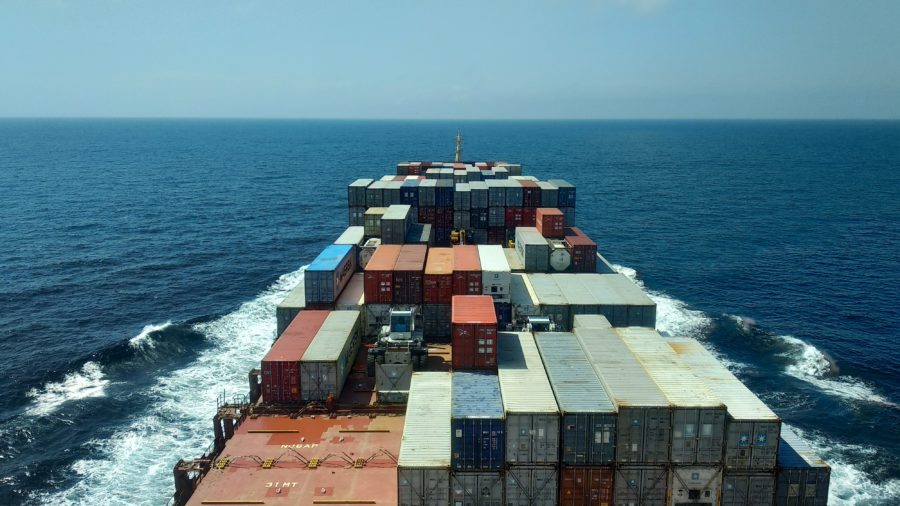
On Friday, Senate passed Bill C-29, forcing striking workers back on the job. The process established by the legislation will lead to establishing a new collective agreement between the parties, with no possibility of work stoppages.
The Port of Montreal says resuming full operations will take several days — and clients waiting to import or export goods should expect delays. Industry experts are predicting that it could take until June for blacklogs to clear from the port.
A representative of the CUPE local union that represents the dockworkers calls the back-to-work legislation an attack on the workers’ constitutional right to strike and said that the union would take legal action and file complaints with the International Labour Organization.
Approximately $275 million worth of goods moves through the Port of Montreal each day.
Carson is watching the situation closely and will share any updates as soon as they come in.
For any questions, please reach out to air.ocean@carson.ca.
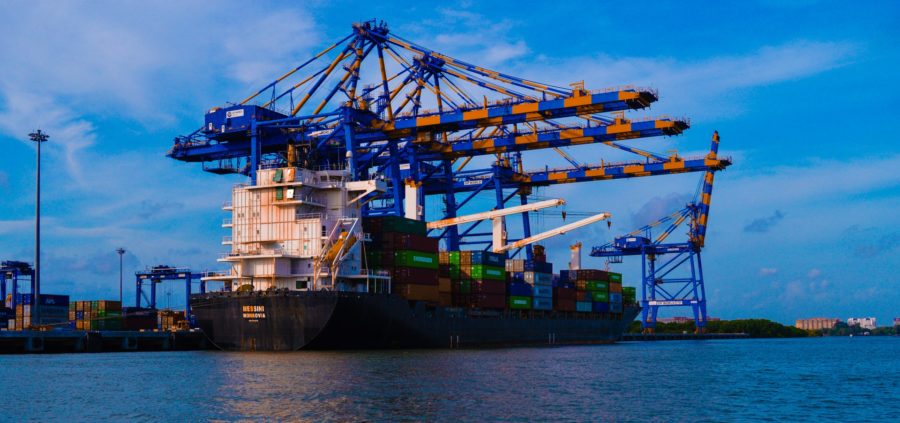
In 2020, shipping executives predicted the container-shipping capacity squeeze would last until Chinese New Year in February 2021. When that didn’t happen, they said mid-2021. The bar is now moving further out — to the fourth quarter or beyond.
Matson CEO, Matt Cox, shared his outlook with analysts, saying —
“In my nearly 40 years in the business, I have not seen an environment like this, with international trade lanes operating at capacity and widespread supply-chain congestion leading to pressure at U.S. ports, terminals, rail yards and warehouses.”
The “stronger for longer” container-shipping thesis got an even bigger boost from Maersk, as they pre-announced Q1 2021 earnings estimates and sharply upgraded its full-year EBITDA guidance by 36% and doubled its full-year free cash flow guidance to $7 billion.
“The exceptional market situation is now expected to continue well into the fourth quarter,” said Maersk, which raised expectations for 2021 global demand growth to 5%-7% from 3%-5% previously, primarily due to “export volumes out of China to the U.S.”
(Source: American Shipper)
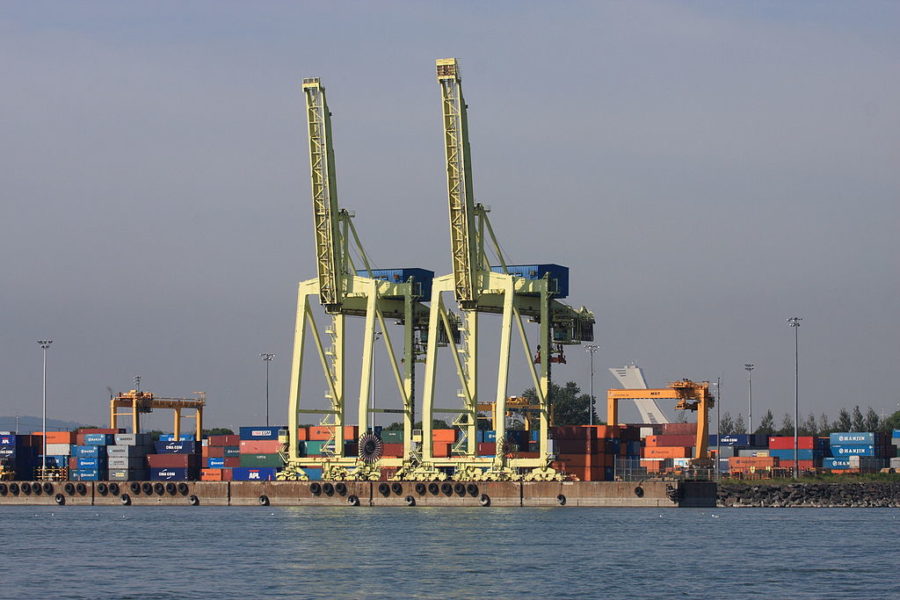
The federal government will intervene in the ongoing labour dispute at the Port of Montreal.
Labour Minister Filomena Tassi announced on Twitter on Sunday afternoon that the government has issued a notice to introduce legislation entitled ‘An Act to Provide for the Resumption and Continuation of Operations at the Port of Montreal.’
Tassi called the legislation the government’s “least favoured option,” and that Ottawa believes in collective bargaining.
“The Port of Montreal is critical to the economic well-being of Canadians across the country, particularly those in Quebec and Eastern Canada,” Tassi continued on Twitter.
On Friday, the longshoremen’s union announced plans for more than 1,000 workers to go on unlimited general strike starting today, though they promised to maintain essential services and COVID-related shipments.
The union has been on an overtime and weekend strike since earlier this month. According to the Montreal Port Authority, the weekend strike resulted in “close to 10,000 twenty-foot equivalent units (TEUs) grounded, a backlog and delays in rail convoys, and shipping lines with vessels en route to Montreal obliged to rework their logistics.”
The workers have been without a work contract since December 2018. A strike took place last summer, but a truce was worked out that lasted for seven months.
In a statement, the Montreal Port Authority said it was aware of the plan to introduce federal legislation.
“After several strike episodes in 2020 and 2021, which have had and continue to have serious economic and logistical impact, it is mission-critical that the Port of Montreal be able to fully and sustainably play its strategic role as an economic engine at the service of the local population and SMEs without interruption,” said Martin Imbleau, President and Chief Executive Officer of the Montreal Port Authority.
In the best case scenario, the expectation is if the legislation is approved, that the Port would re-open April 30th or May 1st.
(Source: CTV News Montreal)

We have received notice from the Canadian International Freight Forwarders Association (CIFFA), that the Longshoremen’s union at the Port of Montreal has given 72 hour notice to the Maritime Employers Association that as of April 26 at 7:00 a.m. the union will be in a legal strike position.
All work performed by the union members at the port will cease, except for Oceanex services protected as essential.
We are remaining informed of the situation and will share updates with clients as they come in.
For any questions, please reach out to air.ocean@carson.ca.

CARM is a Canada Border Services Agency multi-year project to simplify and modernize their accounting and data management systems to provide the commercial trade community with a streamlined method of interaction with the CBSA. This new CBSA initiative will affect all importers.
Join us on May 13 for our CARM info session where we will ensure you have everything you need to know as we move through the implementation process together:
Dave Pentland, Carson International
Lisa Hennessy, Vice President, Avalon Risk Management
Getting Ready for CARM
Thursday, May 13, 2021
Time: 11:00 a.m. – 12:00 p.m. PST

The Canadian government has released its first federal budget in more than two years, as it aims to pull Canada through the COVID-19 pandemic and repair economic ruptures.
The budget focuses on three core areas:
Here are a few key areas that are of notable interest to the trade industry.
Budget 2021 proposes changes to the Customs Act to improve duty and tax collection. These changes would ensure that goods are valued in a fair and consistent manner by all importers. This would level the playing field between domestic and foreign businesses and generate an estimated $150 million in additional annual duty revenues. The changes would also modernize and digitize the duty and tax payment process for commercial importers, so as to minimize administrative burden.
Budget 2021 announces the government’s intention to launch public consultations on measures to strengthen Canada’s trade remedy system and to improve access for workers and small and medium-sized enterprises. This may result in proposed amendments to the Special Import Measures Act and the Canadian International Trade Tribunal Act.
Budget 2021 proposes to provide $38.2 million over five years, starting in 2021–22, and $7.9 million per year ongoing, to Global Affairs Canada, as additional resourcing to support Canada’s trade controls regime.
Budget 2021 announces the government’s intention to work with Export Development Canada to enhance supports to small and medium-sized exporters and to strengthen human rights considerations in export supports. The government may propose amendments to the Export Development Act.
The government intends to launch a consultation process on border carbon adjustments in the coming weeks. This consultation process will begin in the summer with targeted discussions, including with provinces and territories, importers, and exporters—especially those who deal in emissions-intensive goods. The broader public will be engaged this fall. Throughout this process, the government intends to continue its international engagement with like-minded partners.
The government proposed that distribution platform operators be required to register under the normal GST/HST rules and to collect and remit GST/HST in respect of sales of goods shipped from a fulfillment warehouse or another place in Canada, when those sales are made by non-registered vendors through distribution platforms. Non-resident vendors that make sales on their own (i.e., not made through a distribution platform) would also be required to register under the normal GST/HST rules and to collect and remit GST/HST in respect of sales of goods shipped from a fulfillment warehouse or another place in Canada.
Budget 2021 announces the federal government’s intention to introduce a “new taxation framework” to impose excise duties on vaping products that would start in 2022 if the budget is passed.

Several Canadian industries have shared their reaction to Budget 2021.
Wine Growers of BC have called the budget a “monumental investment”, since the federal government has proposed to spend $101 million over two years, starting in 2022, to help wineries adapt to ongoing and emerging challenges. Specifically, Wine Growers British Columbia supports the request from Wine Growers Canada that the government implement the Wine Grower Quality Enhancement Program.
The Dairy Processors Association of Canada welcomes measures announced in the 2021 Federal Budget to support dairy processors impacted by recent trade agreements as a step in the right direction. Compensation measures totalling $292 million for two agreements, CETA and CPTPP, will support processors under supply management as the industries transition to the new market realities created by the agreements.
The Canadian Steel Producers Association is thankful to the government for its efforts in the fight against COVID-19, while also acknowledging that “CSPA members are ready to work on the priorities outlined in today’s budget to strengthen Canada’s resiliency and to build a greener and more innovative economy. While we produce some of the greenest steel in the world, we need partnerships and financial support to achieve our goal of net zero emissions by 2050. Today’s announcement of additional funding to the Net Zero Accelerator, together with new tax measures to support the adoption of innovative technologies such as carbon capture utilization/storage and hydrogen, will provide a strong foundation for this transformational agenda.”
Defence contractors are wary of the government’s resurrection of the so-called “economic harm” warning, which threatens to penalize companies that try to do economic harm to Canada.
Three years ago, the government laid down a marker that became known informally in procurement circles as the “Boeing clause.” Under the sub-headline of “Ensuring Procurement Partners Respect Canada’s Economic Interests,” the policy was reanimated and restated in Monday’s fiscal plan, much to observers’ surprise.
“In December 2017, the government announced that the evaluation of bids for the competition to replace Canada’s fighter aircraft would include an assessment of bidders’ impact on Canada’s economic interests, and that any bidder that had harmed Canada’s economic interests would be disadvantaged,” said the budget. Budget 2021 confirms the government will apply this policy to major military and Coast Guard procurements going forward.”
We will continue to provide updates as to how the 2021 Federal budget will impact trade and our valued clients and partners.
You can view the full budget on the Government of Canada’s website.
(Sources: CSCB, Castanet, Financial Post, CTV News, DPAC, CBC News)